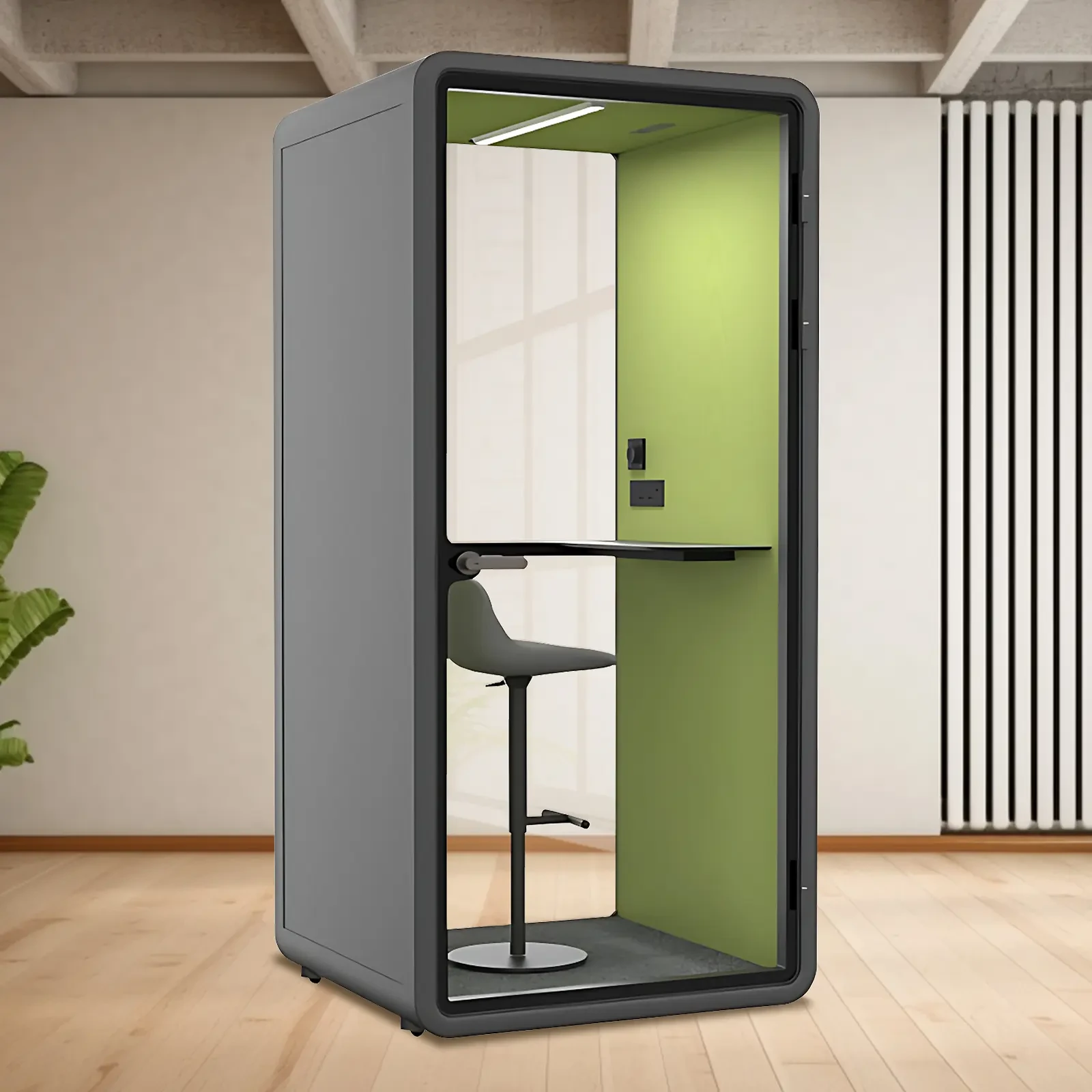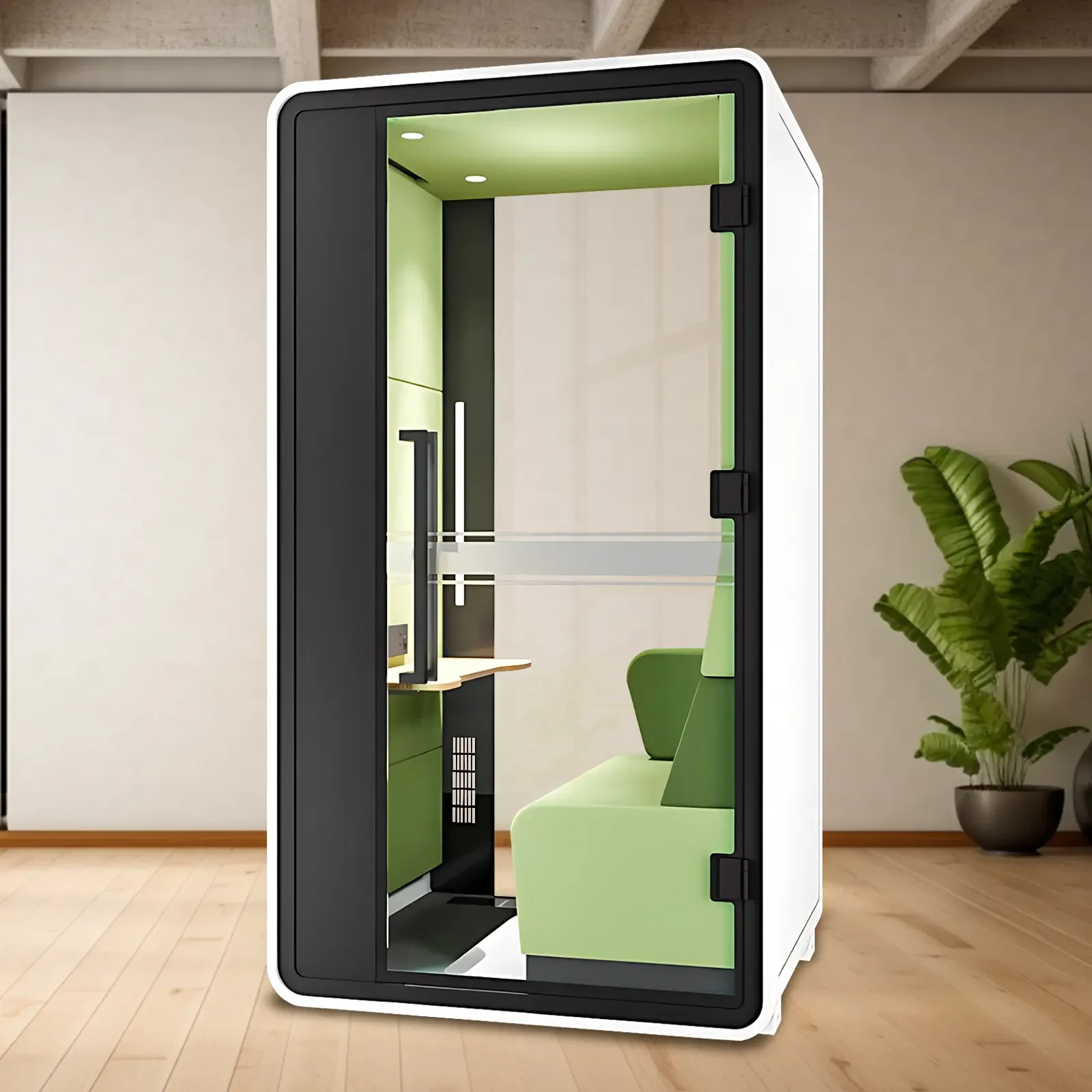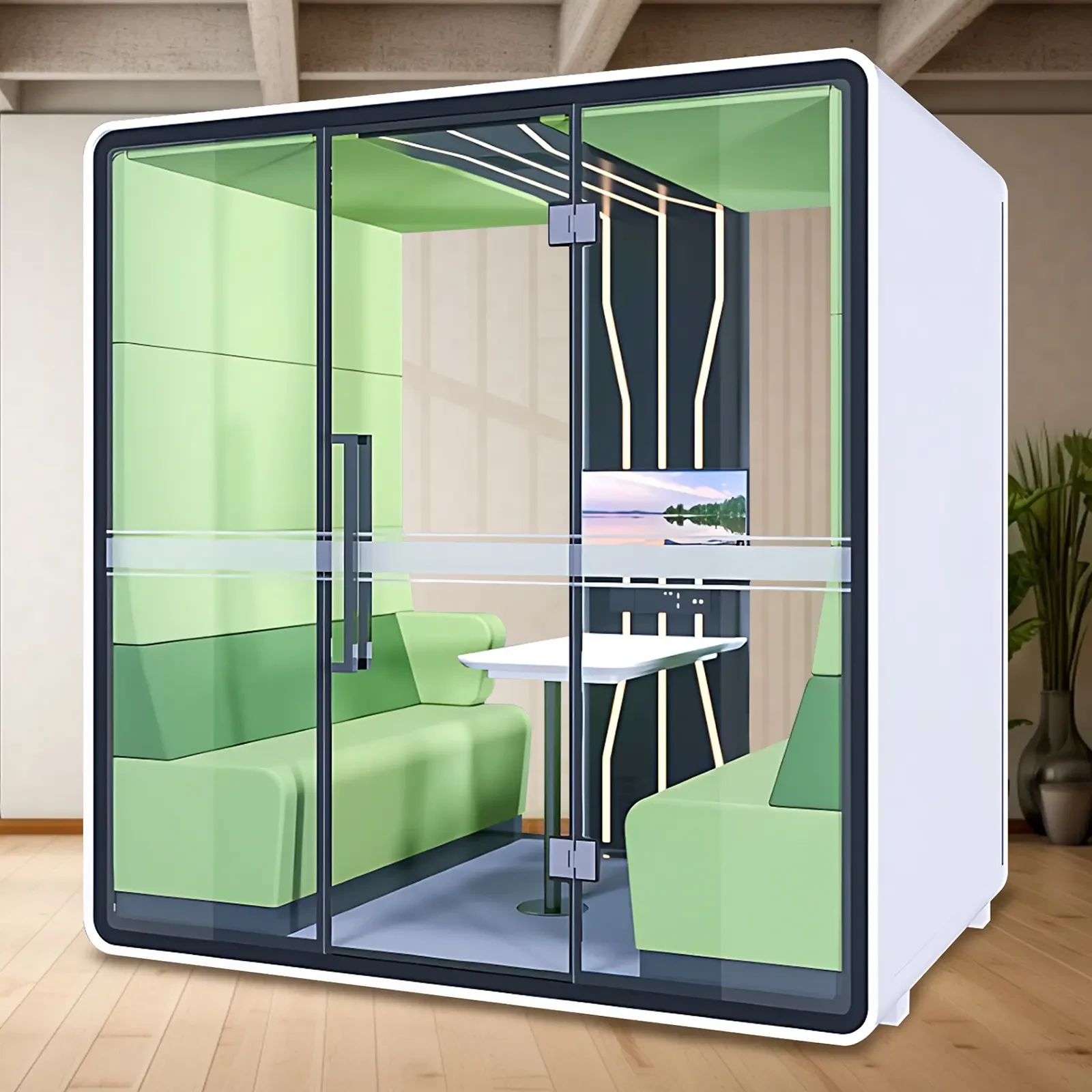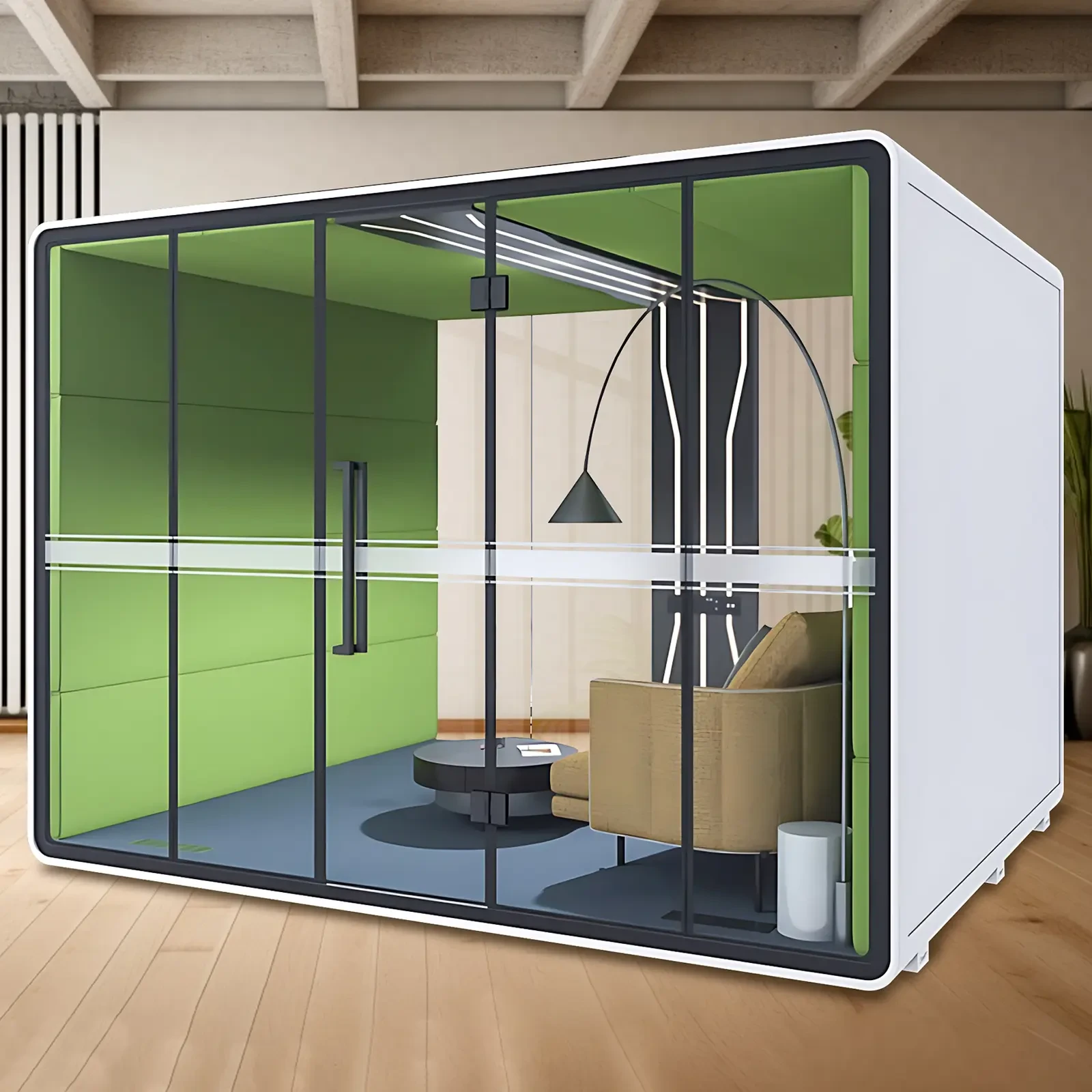There are millions of sound waves that surround our daily lives, providing us with an audio maze of what can be referred to as soothing music or even broad swings that can really affect our lifestyle and general well-being. The question of what is noise and noise pollution becomes increasingly important when considering how loud or uncontrolled sounds, far from being mere background noise, can develop into serious environmental and health issues affecting millions of people every day.
The causal difference between natural sound and problematic noise lies mostly in the levels, rates, and length of time and time of such acoustic activities, where noise pollution has been one of the most prevalent but least considered types of environmental pollution in contemporary society.
Scientific Definition and Characteristics of Noise
Scientifically, noise is defined as any unwanted or disruptive sound that interferes with the normal acoustic environment, overlapping with human activities, conversation, or periods of rest.
Noise is usually random, chaotic, and has no sense of purpose or meaning like music or speech, and its irregular frequencies and random changes of amplitude also make noise especially disruptive to the human auditory system.
The noise intensity is measured on decibel scales, where a total noise of 85 and above may lead to loss of hearing with long exposure; whereas a total noise of more than 120 may cause permanent and irreversible loss of hearing, making what is noise and noise pollution an issue of both environmental science and health problems.
Causes and forms of Environmental noise pollution
The modern urban settings pose noise pollution by a variety of interrelated sources that pose a never-ending bombardment of undesirable sound impacts upon residential, commercial, and industrial sites all day and night.
Vehicles added in as much as 80 percent of all environmental noise pollution by passing transportation systems, such as automobiles, motorcycles, trains, airplanes, and heavy machinery, and cars, tire friction, and aerodynamic turbulence all produce low-frequency rumbles that can travel a long distance and permeate construction and building infrastructure.
The high-intensity sounds emitted by industrial facilities, constructions sites, manufacturing plants and power generation equipment not only surpass standards of safe exposure but of course recreational activities like concerts, sporting events and outside gatherings contribute occasional yet potentially hazardous noise breaks to the overall acoustic milieu, which is why the purpose of this discussion is comprehensive that what is noise and noise pollution at any rate involves in the current society.
Physiological Effects and Health Impact of Noise Exposure
Long-term exposure to noise pollution has a cascading effect on the body, extending far beyond hearing loss to impact heart health, brain function, sleep, and emotional well-being, due to complex neurological processes.
Repeated noise exposure raises stress hormones such as cortisol and adrenaline to high levels, which increases the blood pressure, heart rate variability, and predisposes to cardiovascular disease, at the same time interrupting normal sleep patterns and tying into the quality of restful deep sleep phases necessary to decompress the body and maintain mental health.
Young people subjected to consistent noise are characterized by low academic attainment, poor linguistic acquisition, and an inability to focus on learning activities, whereas adults display higher levels of anxiety, depression, and decline in work productivity, so the knowledge of what is noise and noise pollution is important in ensuring that citizens enjoy good health and lead a better balanced quality of life.
Surprising Economic and Social Effects of Noise Pollution
Noise pollution is not only costly in terms of the health of individuals, but it also impacts the health of the locals in terms of lower property values, less productive job practices, higher healthcare spending, and lowered measurement of quality of life, which impacts the economic state of a local area or the overall economy of a state.
Real estate studies consistently show that properties located near major sources of noise—such as airports, highways, or industrial areas—can lose between 10 and 40 percent of their value compared to homes in quieter neighborhoods. Similarly, companies operating in noisy environments often experience higher employee turnover, increased absenteeism, and lower customer satisfaction scores.
The schools located in the locations with high noise levels struggle to provide effective learning environments, have to spend extra finances on soundproofing and other acoustic insulation options and the hospitals have to spend huge sums of money on silencing down noises to release patients and focus on job requirements, which stresses the further possibilities what is noise and noise pollution made to infrastructure and the economy of the whole society.
Durable Office Pods Including Soundproofing Materials For Small Meeting Room: The contemporary workplace requires workstations with high flexibility and privacy to boost productivity and yet preserve the open office look and feel. Durable office pods fitted with innovative soundproofing materials would provide an ideal solution to establishing small meeting rooms isolated in existing office designs. These new acoustic enclosures are properly constructed enclosures, intended to survive real life, yet offer greater isolation of noise.
Recommendation
To solve the contemporary noise issues in the workplace, X-comfot focuses on supplying novel modular constructions of office pods and portable acoustic booths that offer innovative acoustic solutions that cater to the challenges posed by noise in the modern workplace. With integrated lighting systems, ventilation, USB ports, and thoughtful workspace design, our Micropod line has professional-quality sound isolation and up to 20-35 dB noise reduction capabilities, which allow people to work, have phone conversations, hold meetings, and engage in creative tasks in busy offices or home desks with privacy and quietness.

 USD
USD
 GBP
GBP
 EUR
EUR



